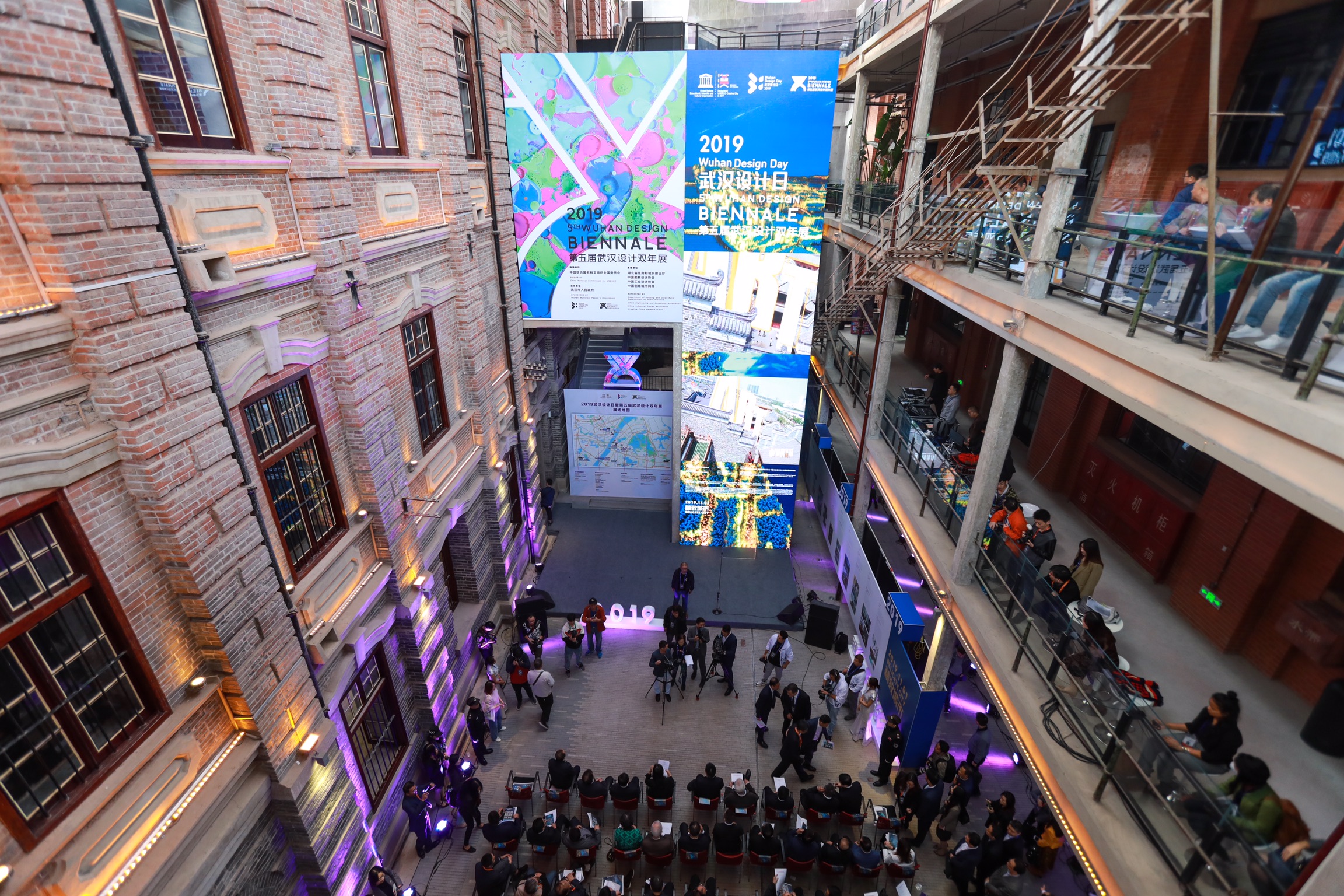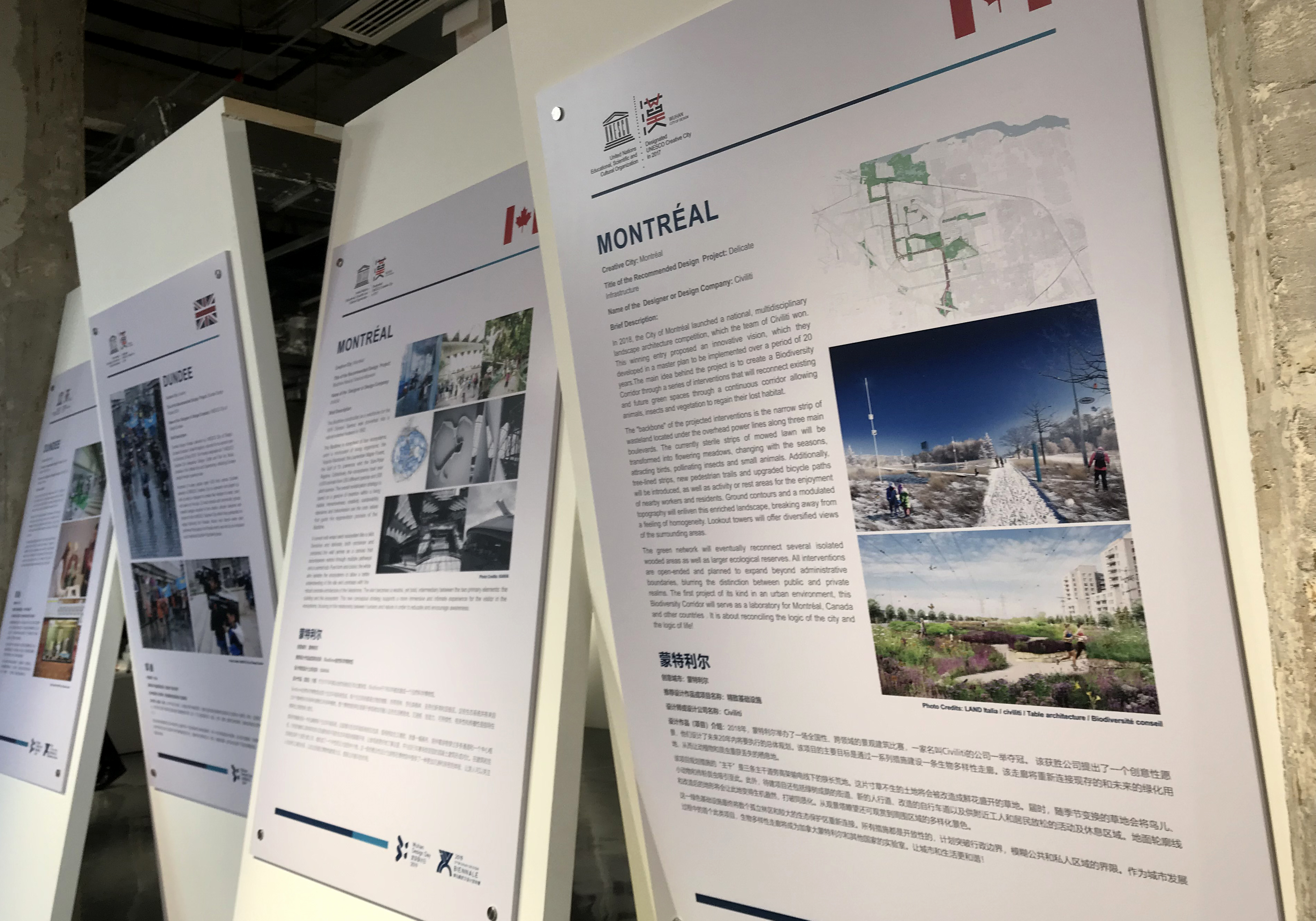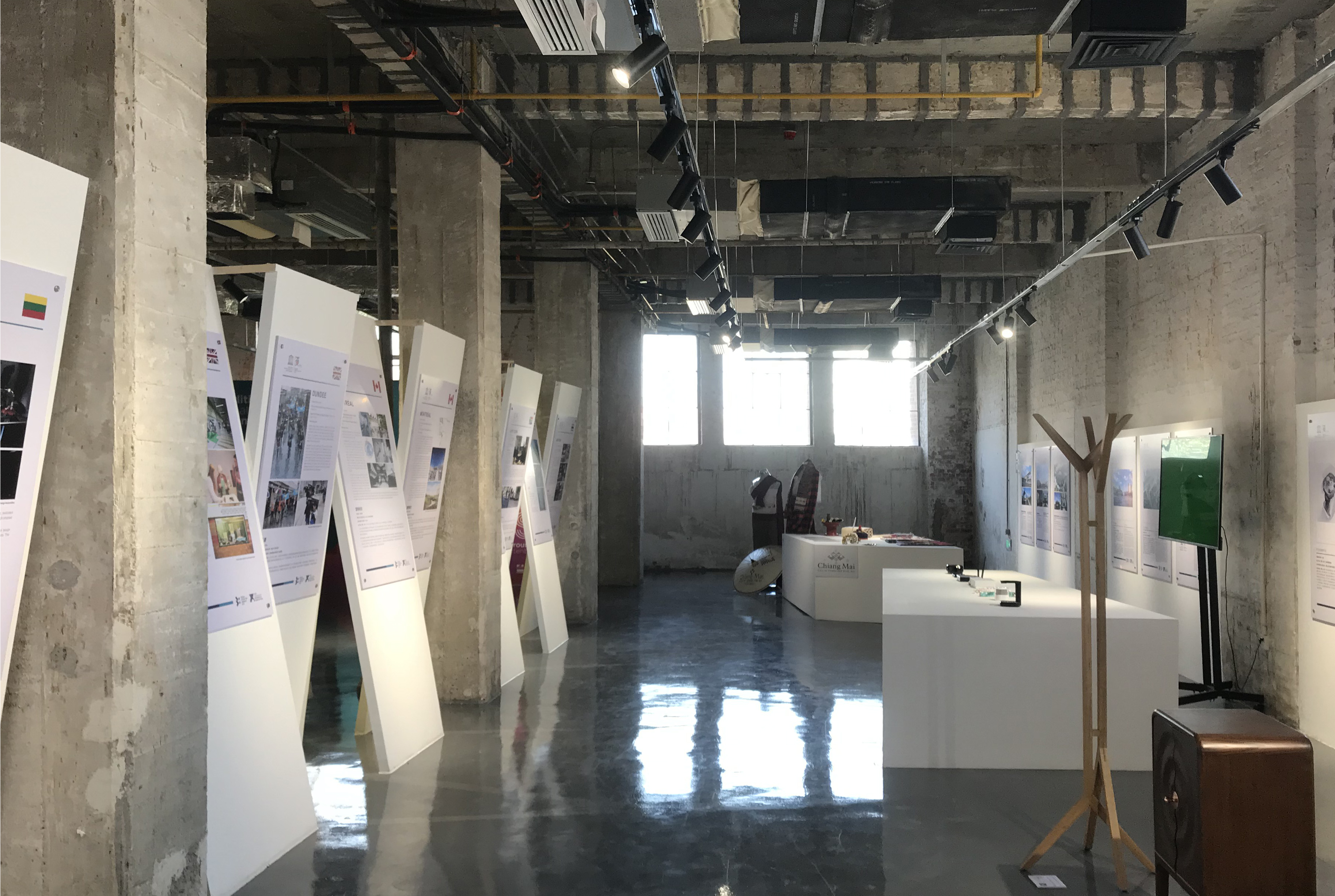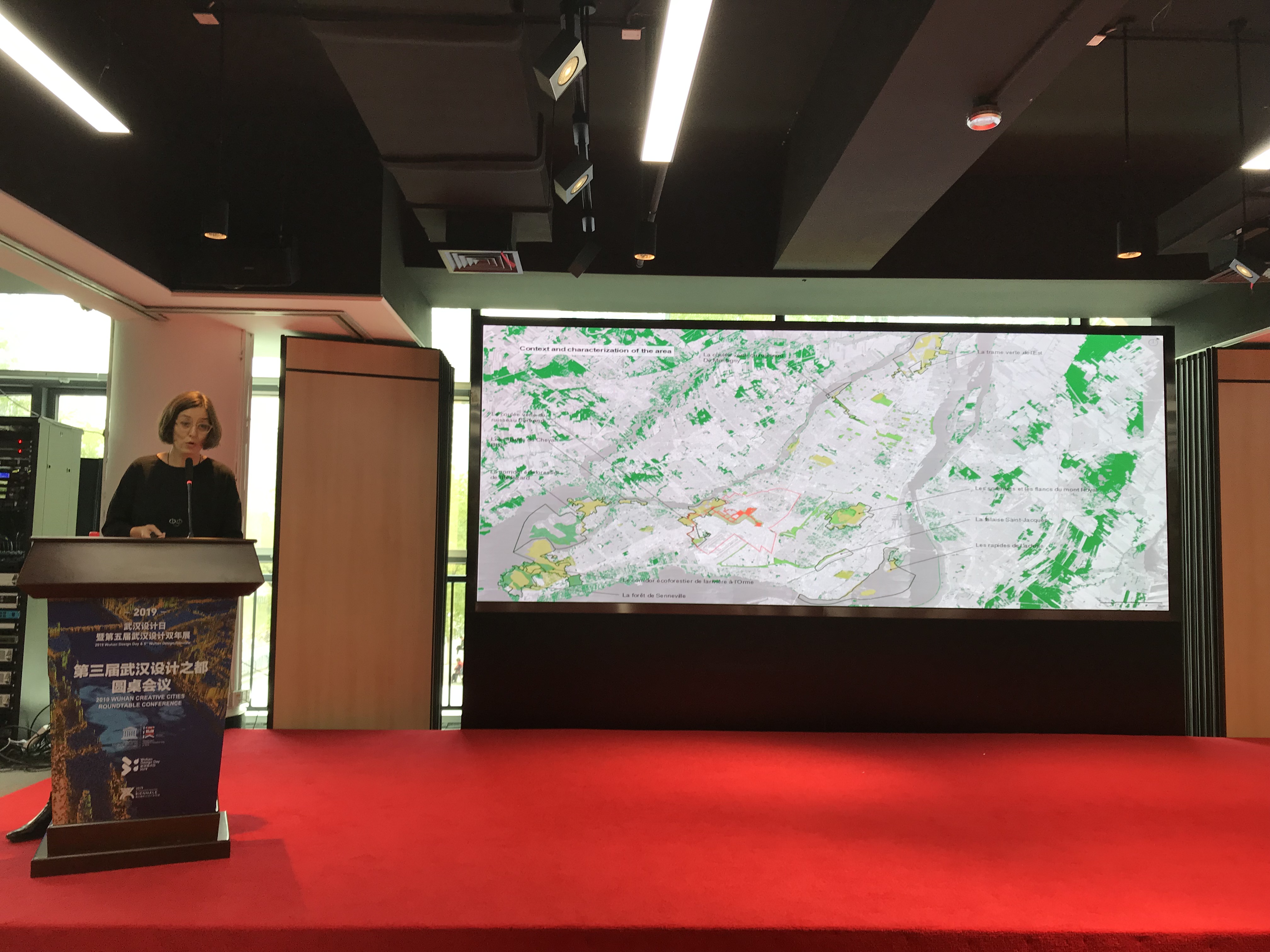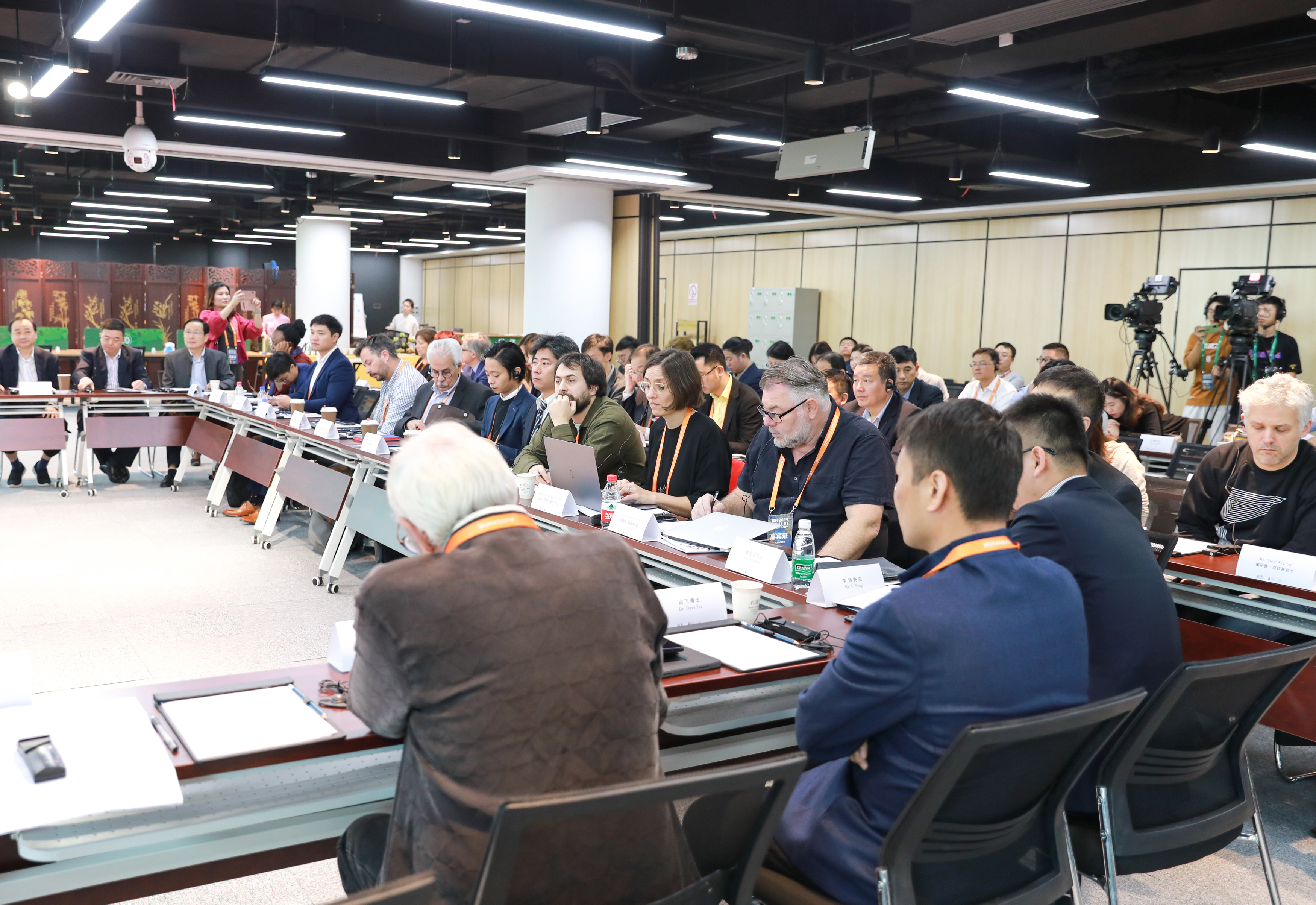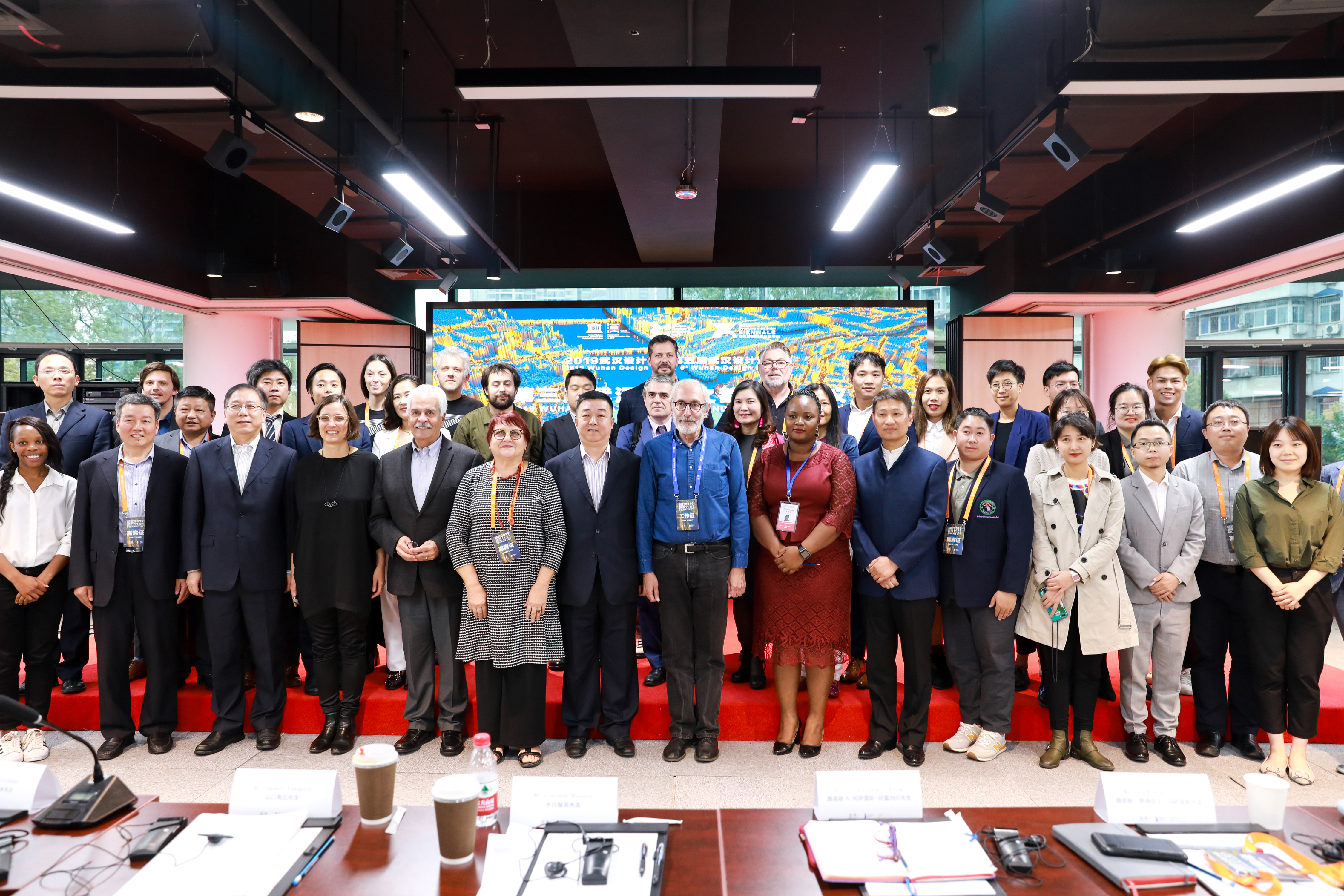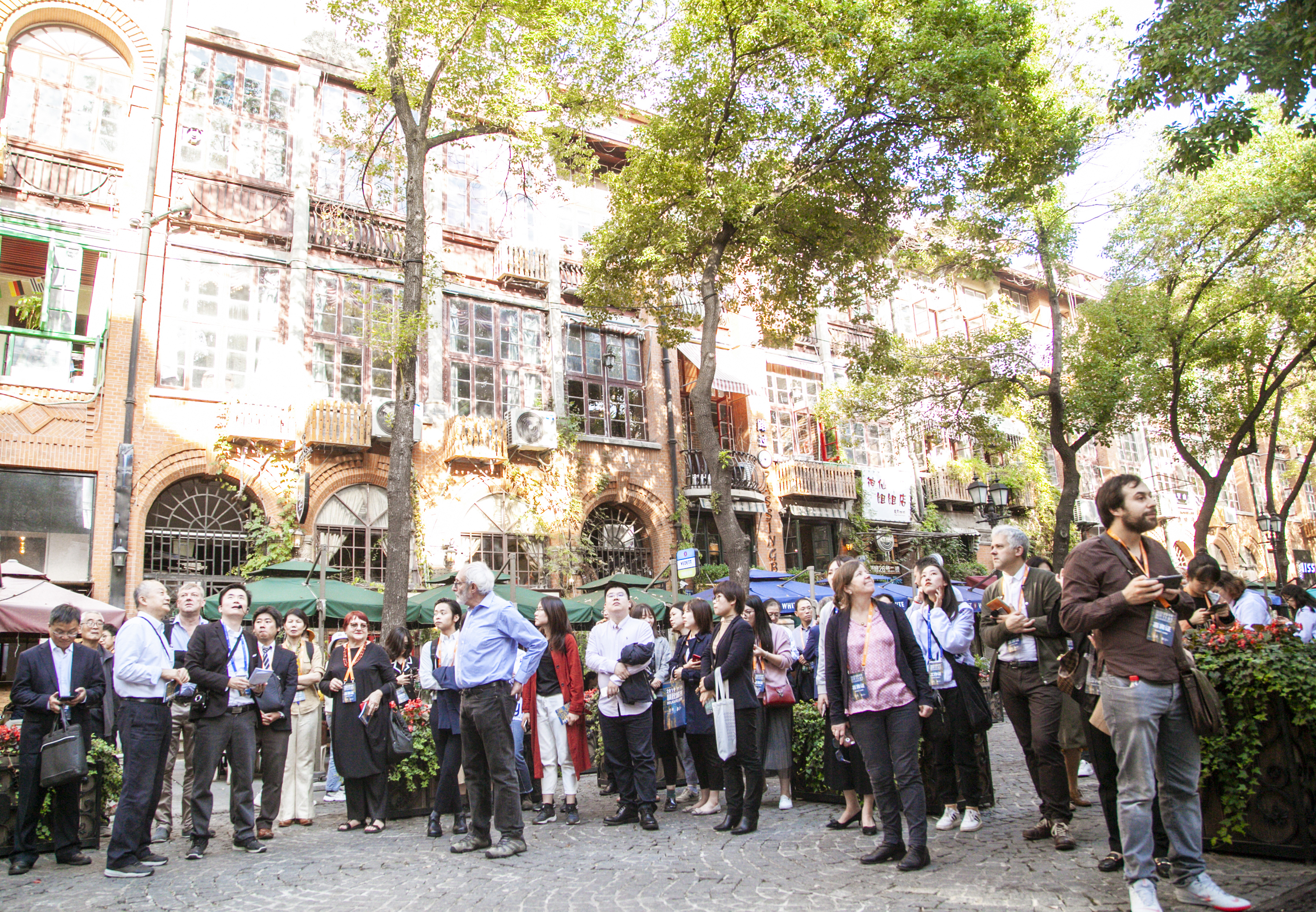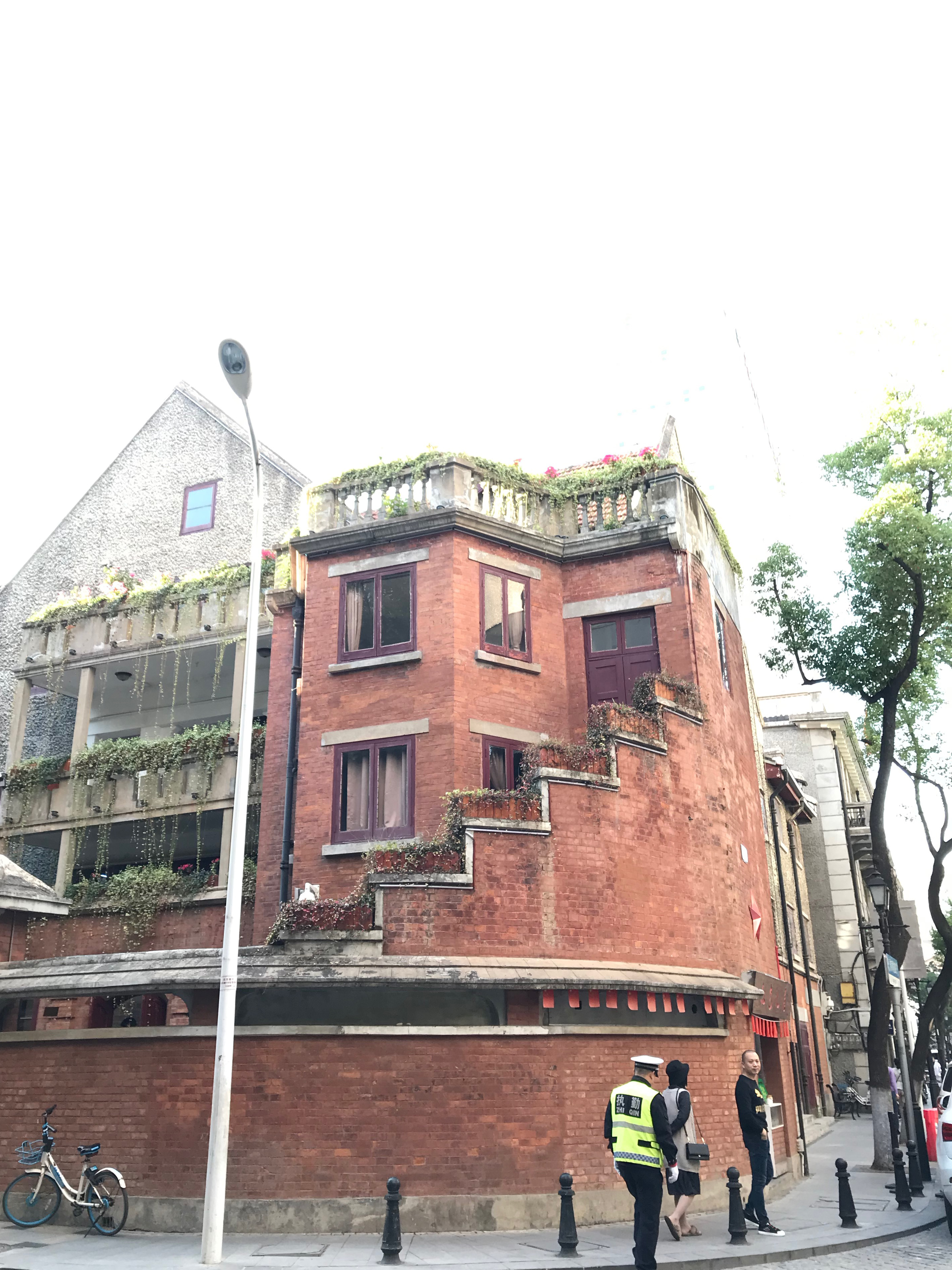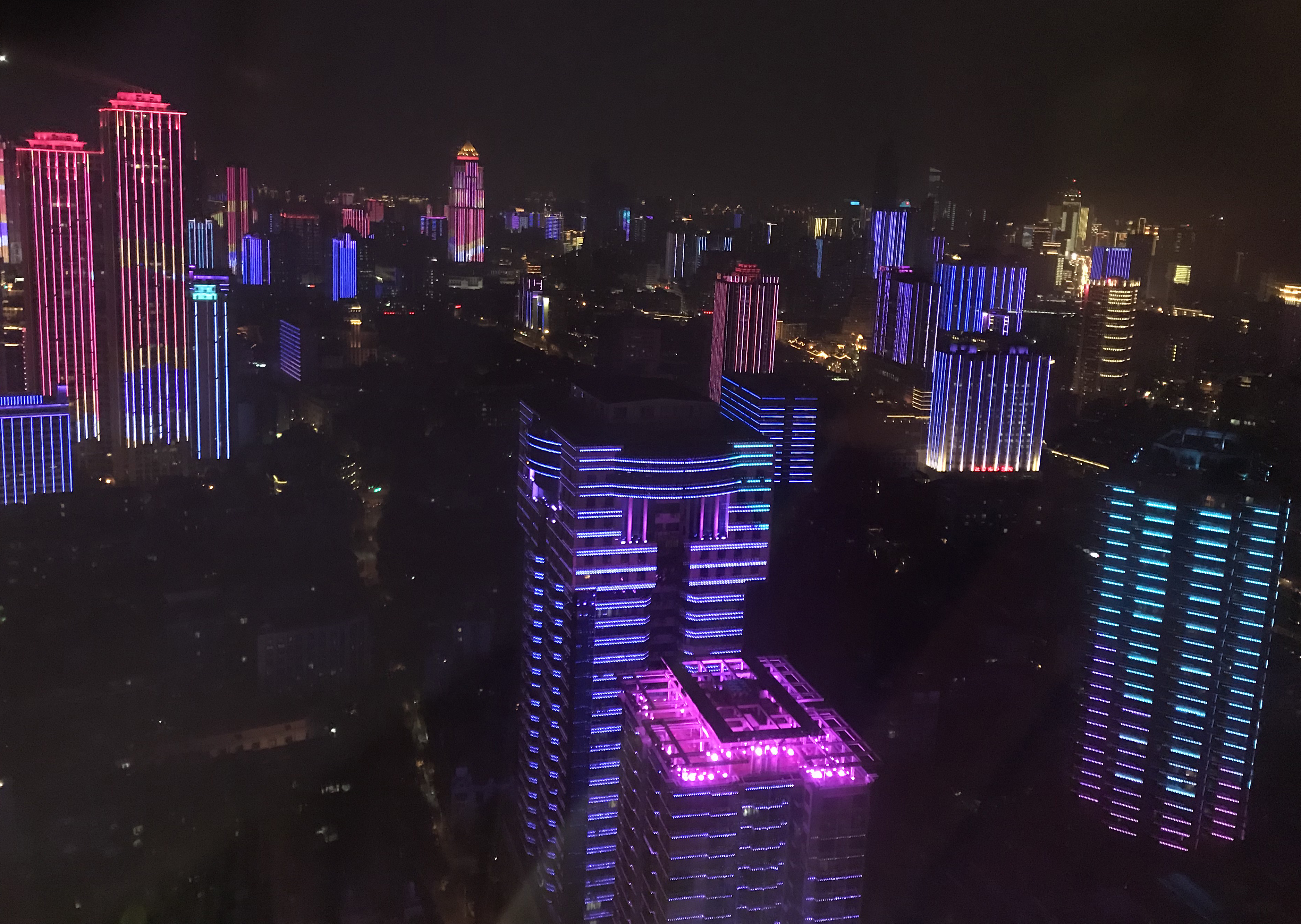Talk with Fannie Duguay-Lefebvre of civiliti about her trip to China, an experience rich in contrasts
Civiliti presents its winning project in the Creating a Biodiversity Corridor in Saint-Laurent competition at the Wuhan Design Day and 5th Wuhan Design Biennale
At the invitation of the Bureau du design, Fannie Duguay-Lefebvre of Montréal urban planning and landscape design firm civiliti represented Montréal in Wuhan, China, a UNESCO City of Design, from October 31 to November 3. The occasion was the presentation of the winning project in the Creating a Biodiversity Corridor in Saint-Laurent multidisciplinary landscape architecture competition, developed by LAND Italia, civiliti, Table architecture, and Biodiversité conseil, at the Wuhan Design Day and 5th Wuhan Design Biennale.
Ms. Duguay-Lefebvre took part in a roundtable held during the event, the overall theme of which was “Delicate City.” The roundtable was entitled “Fostering Development of Creative Communities,” a key focus of this year's biennale.
An exhibition under the theme of cross-border cooperation and symbiosis, the City of Design Works and Projects Exhibition, was also held as part of the event, with Montréal presenting two inspiring projects: the Saint-Laurent Biodiversity Corridor as well as the Biodôme Renewal, a joint project of Kanva architecture, AZPML, NEUF architect(e)s, Bouthillette Parizeau, and NCK.
We sat down with Fannie Duguay-Lefebvre of civiliti to talk about her trip to China, an experience rich in contrasts.
How did things go when you arrived in China? How did you find the hospitality in Wuhan?
“It was amazing and so stimulating to arrive in this intense city so full of contrasts. The people are really engaging. Yes, the language barrier is always hard to overcome, but the organizers made sure to pair us up with people who spoke English very well. The hospitality was just incredible and so personalized.”
What were your impressions of the city? Did anything stand out as an immediate favourite?
I really enjoyed my experience in Wuhan. I had the chance to check out a lot of different places and soak up different facets of the city, both as part of the activities set up by the organizers and my own explorations when I had free time. The city is huge, but it has a lot of historical districts along the shores of the Yangtze.
The contrast between the smaller older buildings and the more recently built skyscrapers, within the historic urban fabric and beyond it, makes for an impressive and unusual break in scale. The issue of built heritage preservation in a context of unbridled construction activity was striking as well, and clearly part of the current thinking on the city’s future. The guided tour of Lihuangpi Road was especially insightful on that aspect.
The Liddell Bros. Packing Plant building, where the exhibition was held, is quite interesting because they’ve integrated very distinctive contemporary architectural language, with interstices between the interior and exterior made possible by Wuhan’s climate. It’s a former industrial complex in the centre of the city that once housed textile factories and has been repurposed as an exhibition centre. It’s quite an exceptional project in the context of Wuhan because the architectural statement is strong and there’s a contemporariness about the design that speaks to quality of an international standard.
Can you tell us about any particularly interesting aspects of the roundtable?
The participants sought to unpack what sorts of hard and soft infrastructure are needed to support creative communities, and that led to some interesting exchanges. Beyond that, there were some projects presented that involved utilizing traditional know-how to produce new design objects and that introduced new design practices. This idea of rethinking local savoir-faire in a contemporary vein was stimulating.
The meetings we had were also noteworthy. You had a lot of researchers and academics, museum directors, and professionals from various disciplines who all have different outlooks on creation. It was definitely those one-on-one meetings that impressed me most during the event.
Would you recommend the next edition of this event to other designers?
For sure. I find that in our practice, taking a step back is a must, and it’s always enriching when you take a moment to assess the state of your knowledge. Plus, attending an event like this helps to position us—the city of Montréal, me as a designer, my firm, and my partners in our projects—on the international stage. The Bureau du design gave me an incredible opportunity and I’m very proud to have represented my city as an international ambassador for made-in-Montréal design.

